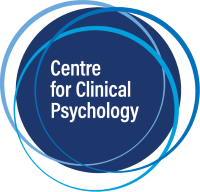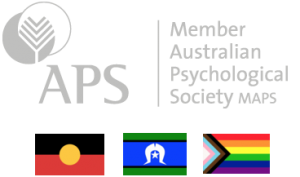Intensive PTSD treatment over a short period of time has been shown to work and has been discussed in this blog earlier. This blog focuses on a study of military members, that compared two well known evidence based therapies. Elizabeth Goetter (2020) and her team examined the effectives of Prolonged Exposure (PE) and Cognitive Processing Therapy (CPT) for military service personnel in an intensive treatment program delivered over two-week period. This program was delivered as an outpatient program, not as a residential program. This may be an important point for clinicians working in private practice who are considering the notion of intensive treatment. The treatment program included intensive, daily individual trauma focused therapy, either PE or CPT. Similarly, participants completed various group therapies including in vivo exposure, coping skills based on dialectical behavior therapy (DBT), mindfulness, resilience, art therapy, and fitness. These varied in frequency; some occurred daily (e.g., in vivo exposure), and others occurred multiple times per week (e.g., DBT skills).
The exclusion criteria to their program may also be of interest to clinicians working in the private clinic context. In particular, those with those with suicidal ideation who denied intent or plan were not excluded and those with mild to moderate substance use who were able to refrain from use during the program and who were not deemed to be a safety risk due to withdrawal were not excluded. PTSD being a disorder of complexity and co-morbidity means that clinicians often have to make choices around these areas and treatment, knowing that therapies work for people with these problems is helpful in that process.
Exclusion criteria were:
(a) suicide attempt in the past 90 days (i.e., those with suicidal ideation who denied intent or plan were not excluded)
(b) current symptoms of mania or psychosis
(c) substance use disorder requiring detoxification or higher level of care (i.e., those with mild to moderate substance use who were able to refrain from use during the program and who were not deemed to be a safety risk due to withdrawal were not excluded)
(d) unstable medical conditions requiring intervention.
Treatment dropout was defined as not completing 7 of the 9 treatment days (i.e., 75% of the program). The average drop out rate for the two therapies (PE and CPT) was 6.8 %. Which is very low when the average in less intensive treatment delivery reported elsewhere on this blog is 27%.
Military and veteran groups are hard to treat groups from the perspective of symptom reduction. In this study the researchers used the PCL-5 established cutoff of > 33. At posttreatment 44.93% of participants no longer met probable criteria for PTSD. These rates changed over follow up, at 3-month 37.86% and and 6-month follow-up 38.03% no longer met probable criteria.
Summary
This research contributes to the growing database of intensive PTSD treatment as an effective option for treatments. From the clinician in private practice point of view, knowing that dropout rates are very low and that intensive services can be delivered in an outpatient framework opens the options for clients seeking treatment. If we as clinicians can “get our heads around the idea.”
References
Goetter, E. M., Blackburn, A. M., Stasko, C., Han, Y., Brenner, L. H., Lejeune, S., Tanev, K. S., Spencer, T. J., & Wright, E. C. (2020, September 10). Comparative Effectiveness of Prolonged Exposure and Cognitive Processing Therapy for Military Service Members in an Intensive Treatment Program. Psychological Trauma: Theory, Research, Practice, and Policy. Advance online publication. http://dx.doi.org/10.1037/tra0000956



